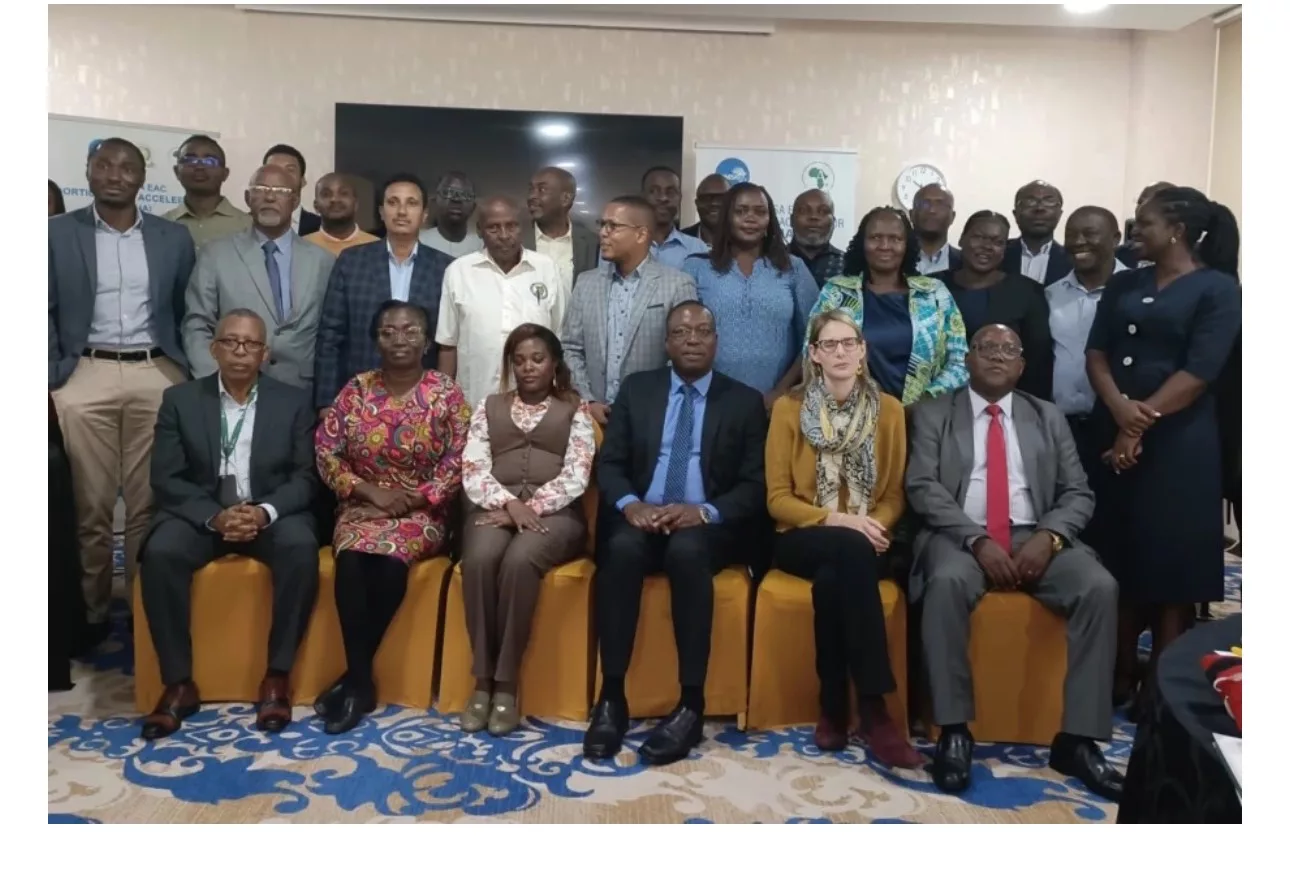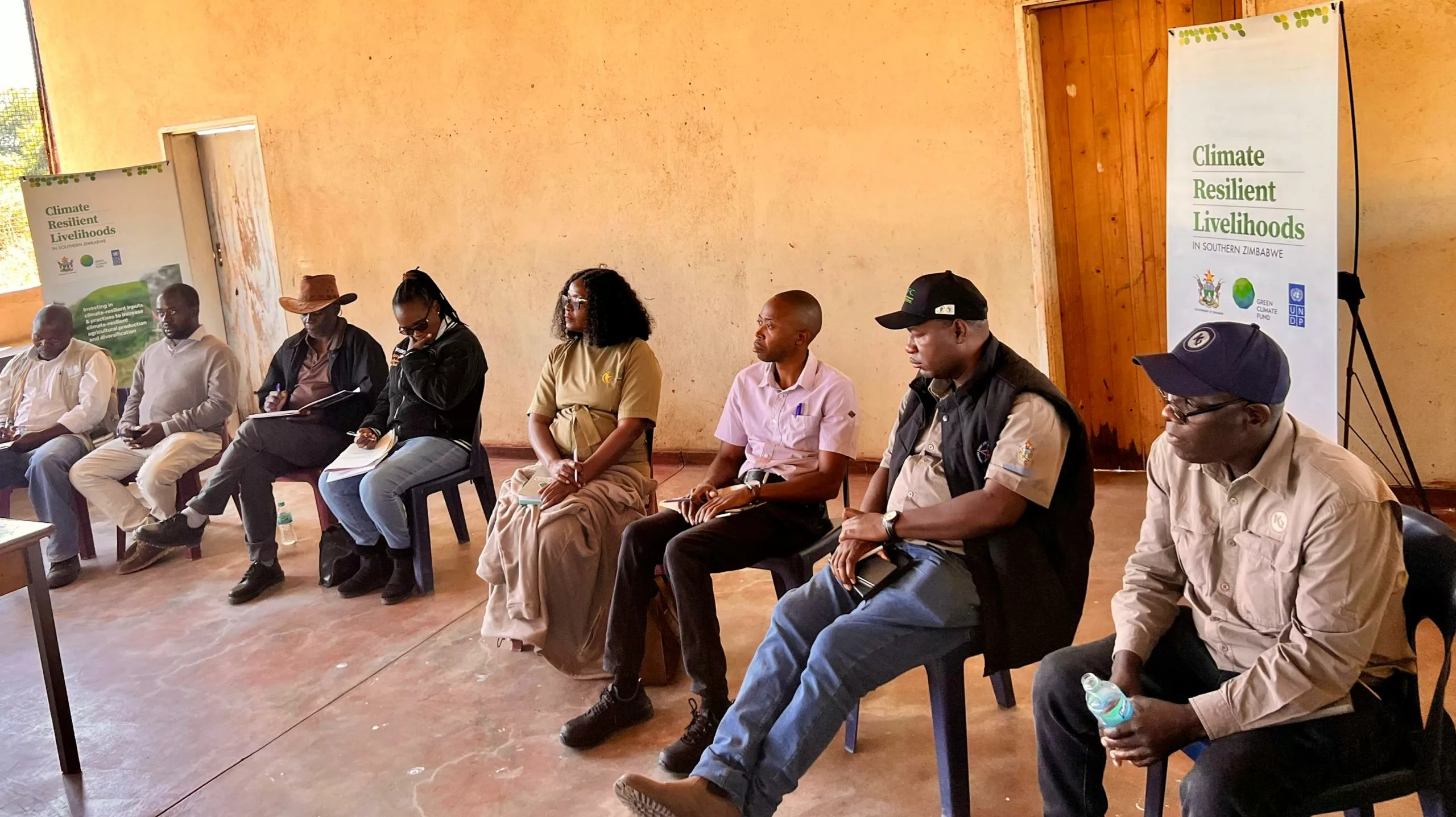By Byron Mutingwende
The Famine Early Warning Systems Network (FEWS NET) under the auspices of the SADC Food Agriculture and Natural Resources Directorate has said the 2018-19 Summer Agricultural season was one of the driest since 1981.
This was revealed by Dr. Tamuka Magadzire, the FEWS NET Regional Scientist for Southern Africa during the Southern African Development Community (SADC) regional vulnerability assessment and analysis dissemination meeting in Windhoek on 4 July 2019.
Dr. Magadzire said the high temperatures during the season contributed to water stress and heat stress while the delayed and erratic onset of rains in several areas resulted in reduced area planted and poor germination.
“Mid-season dry spells of varying duration resulted in moisture stress and wilting of crops. The early cessation of rains across central areas further exacerbated premature wilting of crops. Cyclone Idai (during mid-March) caused fatalities, displacement and infrastructure damage. On the agriculture front, it destroyed hundreds of thousands of hectares of cropland in Malawi, Mozambique and Zimbabwe, and killed thousands of livestock. Cyclones Desmond, Eketsang and Kenneth also caused devastation. A few north-eastern parts of the region received good rainfall for much of the season, with positive impacts for crop production,” Dr, Magadzire said.
There was reduced end of season production due to reductions in planted area, reduced yields, and outright crop failure in some areas, and flooding of crops. At local scale, most severe impacts in cropping areas were the widespread crop failure. At a regional level, some of the most affected areas are high maize producing areas, which negatively impacted regional maize supplies. Water supplies for domestic, industrial and agricultural (irrigation and livestock) usage were affected. Forage for livestock was negatively impacted, leading to reductions in pasture availability.
“As usual, there is a need to support the Southern Africa Regional Climate Outlook Forum (SARCOF) process and downscaled national forecasts this season, through attendance and usage of the SARCOF product,” Dr. Magadzire added.






